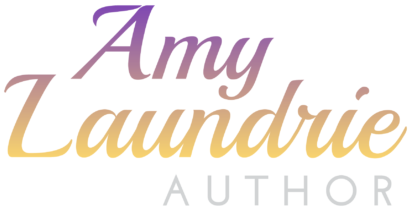Chances are you’ve gone through a personal experience that started a whirlwind of events that changed your life forever. Mine came exactly one year ago when, knowing I was going to faint, I dropped onto my knees and lowered myself onto the Dells clinic’s carpeted floor. The receptionist saw me, got on the intercom, and said a code word that brought staff running. They elevated my feet, laid a cool cloth on my forehead, and took my cell phone to call my husband. Since it was Wo-Zha-Wa weekend, the Dells’ huge fall festival, he was parking cars for our Kiwanis club and probably wasn’t carrying his phone. Bizarrely, I worried that the tomatoes I’d bought would get forgotten in my car.
As a nurse tried to reach a neighbor, I said I thought I could try to sit up. But when I did so, the world started spinning again.
A voice from faraway said, “I’m thinking the A-word.”
The A-word? I couldn’t think what that meant. My whirlwind had started two weeks ago when I’d gone into the clinic because of swollen legs. It turned out my blood pressure was also high, and I’d started hydrochlorothiazide, a drug that helps many people.
“Amy,” a triage nurse said, “you’re white and clammy. We’re calling an ambulance.”
The A-word. Panic surged through my body. Could this really be happening?
Yes, in the blink of an eye.
Somehow, the ambulance driver maneuvered his or her way through Wo-Zha-Wa traffic. A male and female EMT laid me on a stretcher and wheeled me out of the air conditioning into the steamy heat. My vision changed as if I was in a cloud, and I panicked again. “I can’t see,” I murmured. Was this how life ended, by walking into a cloud?
I was panicked and scared, but curious too. Then I realized my glasses had simply clouded over from condensation. I tried to laugh as I explained it to the EMTs, but they were too busy taking readings and asking me about chest pain. “I don’t have any,” I said.
“Her blood pressure is 60/40,” the male EMT said to the female. “I’m calling it.”
Calling it? Now what did that mean?
“Amy, we think you’re having a heart attack. We’re Med-flighting you to Madison.”
Never in my wildest dreams had I imagined myself in danger of having a heart attack. Sure, I wasn’t any spring chicken, but I’d never had any heart issues.
Even in my panic, I took a moment to marvel at the orchestration of the next twenty-five minutes. Med-flight and the ambulance arrived at St. Clare at nearly the same moment. They whisked me into the helicopter. I’d never ridden in a helicopter before and wished I felt well enough to enjoy it. Instead, I thought about CPR.
I still felt like I was in a fog, but I remembered reading something about the guidelines changing, that people weren’t willing to do mouth-to-mouth on strangers, so the American Heart Association suggested simply giving chest compressions. The article mentioned that the John Travolta song “Staying Alive, Staying Alive” helps a person set the right rhythm. If I had a heart attack, I pondered, could the pilot put the helicopter on auto-pilot while he gave me chest compressions? It was too much to think about.
Fortunately, I didn’t need to find out. We arrived and professionals expertly wheeled me out of the helicopter and into the hospital. They kept asking me about pain and I said there was none. Within minutes, sophisticated machines determined I wasn’t having a heart attack. I got to call my husband and assure him. Many tests and days later, the staff determined that my low sodium level combined with the hydrochlorothiazide had caused the drop in blood pressure. Months later, a kidney biopsy determined I needed to be treated for a rare, auto-immune disease. I’m happy to report after two infusions, I’m in remission.
And now it’s my turn to call it.
I’m calling it fortunate that I was at the clinic when I needed to be; that the EMTs worked so well together, that doctors knew which tests to order; that a drug was available and covered by insurance; that, although life-changing, my episode wasn’t life-ending.
It isn’t possible to predict life-changing events, but I have taken a step that could help others. I took a CPR class years ago, but needed to review, so I downloaded “First Aid: American Red Cross” onto my phone. The emergency tab includes the 5 simple directions for CPR as well as what to do for a possible heart attack, diabetic emergency, choking, etc.
If you haven’t taken a CPR class, do so. If you have but would like a backup, grab your phone, and download the app. It might just save a person’s life.


4 Replies to “A Chance to Save a Life”
Great advice, thanks, Amy!
Glad you thought it useful, Sue. Thanks for the reply.
I’m downloading the first aid app right now, Amy. Thanks for the suggestion. 🙂
Hi Gayle,
I’m glad you downloaded the app. One never knows.
Thanks for reading,
Amy